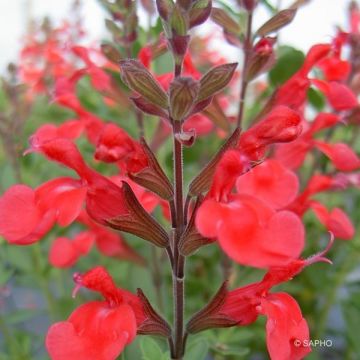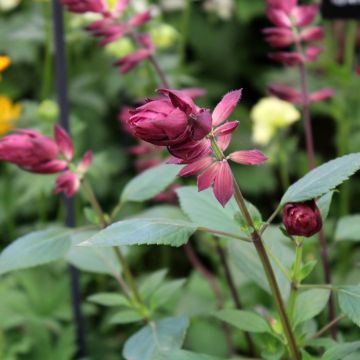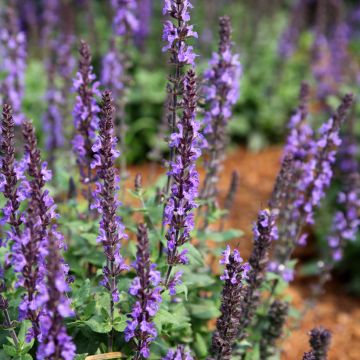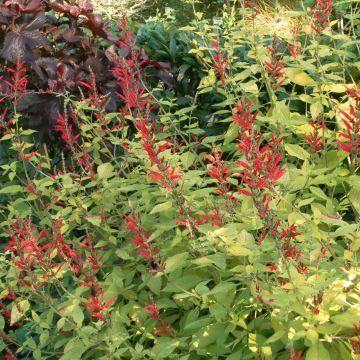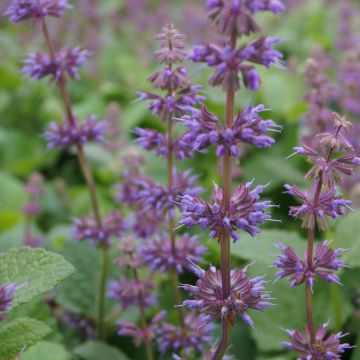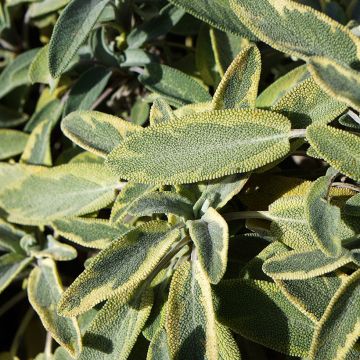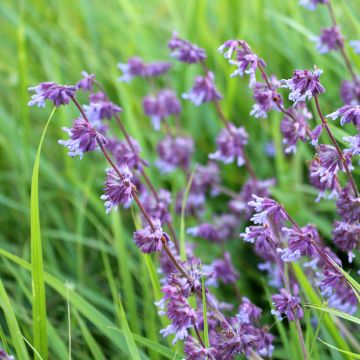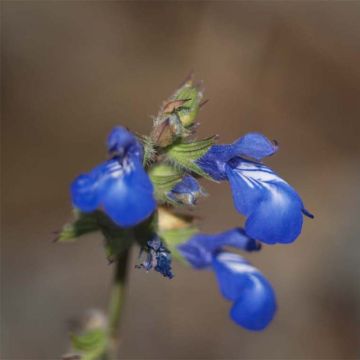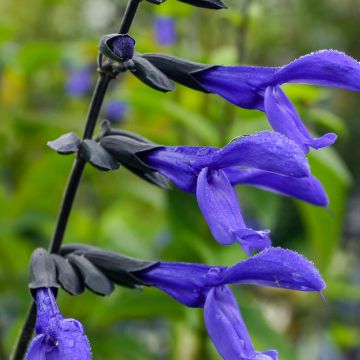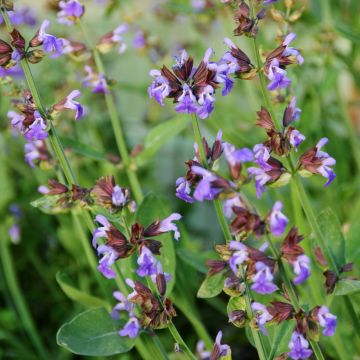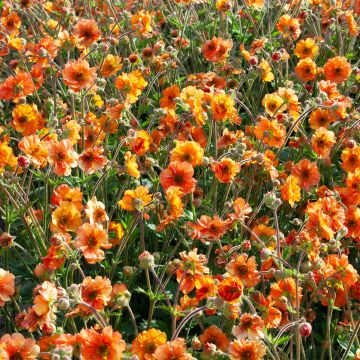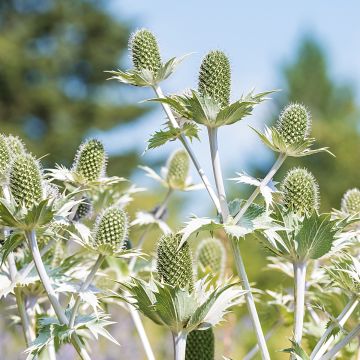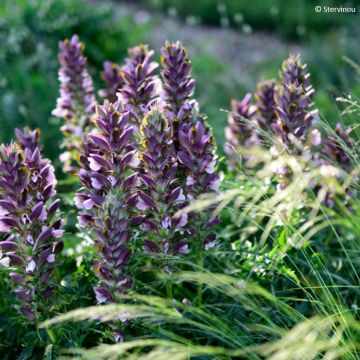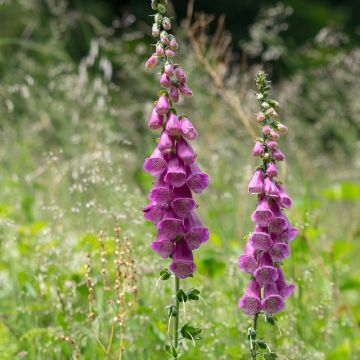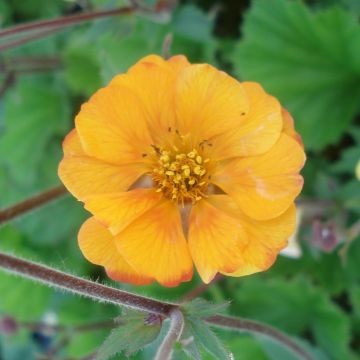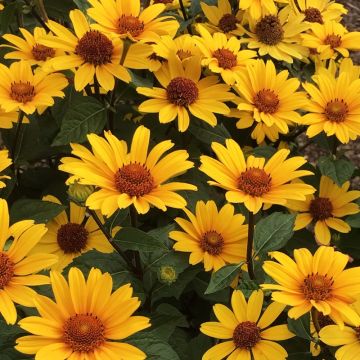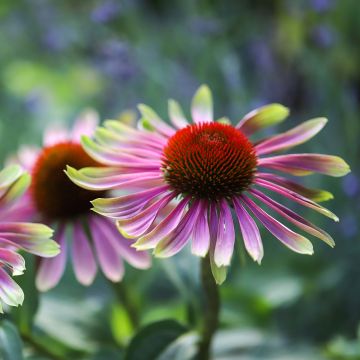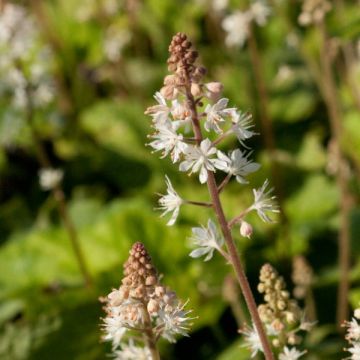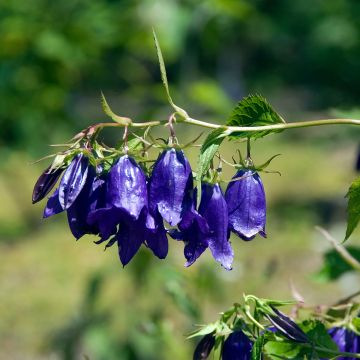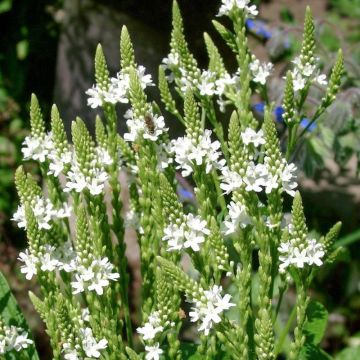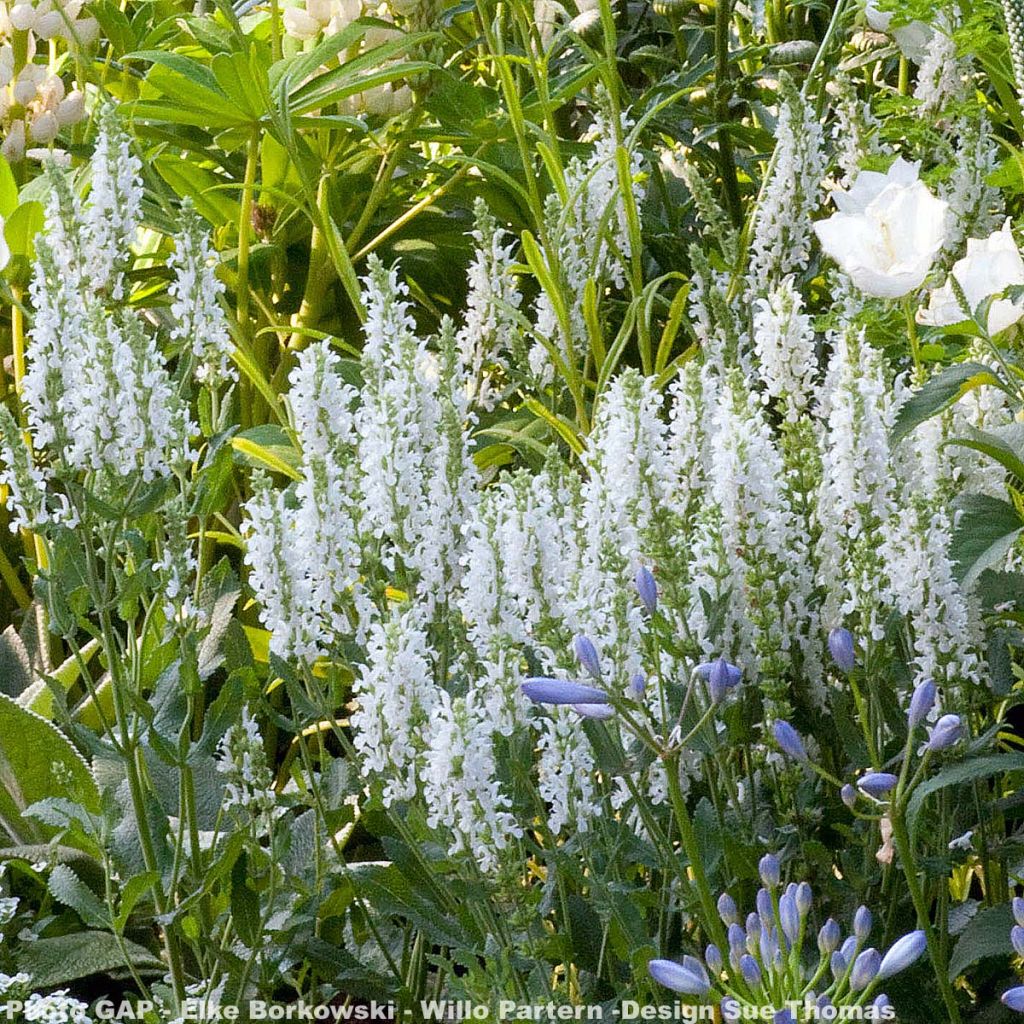

Salvia nemorosa Schneehügel - Woodland Sage
Salvia nemorosa Schneehügel - Woodland Sage
Salvia nemorosa Schneehügel
Woodland Sage, Balkan Clary
This item cannot be shipped to the selected country
Delivery charge from €5.90
Delivery charge from €5.90
Delivery to Corse prohibited
More information
Delivery charge from €5.90
Delivery charge from €5.90
Delivery to Corse prohibited
More information
Schedule delivery date,
and select date in basket
This plant carries a 12 months recovery warranty
More information
We guarantee the quality of our plants for a full growing cycle, and will replace at our expense any plant that fails to recover under normal climatic and planting conditions.
From €5.90 for pickup delivery and €6.90 for home delivery
Express home delivery from €8.90.
From €5.90 for pickup delivery and €6.90 for home delivery
Express home delivery from €8.90.
Delivery to Corse prohibited: UE law prohibits the import of this plant from mainland France to Corse as part of the fight against Xylella fastidiosa. Please accept our sincere apologies.
More information
Does this plant fit my garden?
Set up your Plantfit profile →
Description
Salvia nemorosa 'Schneehügel', or wood sage 'Schneehügel', is a robust perennial that is easy to grow in all regions. It produces a multitude of flowers throughout the summer. This naturally compact variety bears an abundance of small white flowers, grouped on long spikes. They dominate a clump of very dark green foliage, which is pleasantly aromatic. This hardy, compact, and bright plant is easy to associate in flower beds as well as in flowering pots.
Salvia nemorosa is a perennial of the Lamiaceae family. It is a species native to central Europe and western Asia. The cultivar 'Schneehügel', obtained in Germany, is characterised by a compact, ball-shaped habit and a very long white flowering, which lasts for several months.
It presents itself as a ramified clump, whose adult size will not exceed 50cm (20in) in height when flowering, 35cm (14in) for the foliage, and 40cm (16in) in width. This perennial develops in spring, starting from a prostrate rosette of ovate, rough, very dark green leaves with dentate edges, which are aromatic when crushed. It shows a bushy, very branched and sturdy habit. Flowering begins in May-June and continues until August, depending on the climate, in the form of terminal clusters carrying numerous small white flowers (0.5 to 1cm (1in)), with green bracts. The beautiful flower spikes are rich in nectar and delight bees and butterflies. The vegetation of this sage will persist in winter. Its cold-resistant stump does not fear harsh winters if the soil is properly drained.
Plant the 'Schneehügel' sage in mixed borders, flower beds, or as a standalone plant, alongside heathers, hebes, or anemones, for example. It is an excellent candidate for ornamenting patios and balconies, but also ideal in low-maintenance flower beds. Easy to grow almost everywhere, it is also one of the hardiest sages, and as such, a fantastic garden perennial that will not disappoint. It withstands everything, even wind, cold, heat, and poor soils. This variety is particularly suitable for a white garden, for example, bordering a path, but it easily associates with all types of flowers. It will be superb in the company of pink flowering plants like 'The Fairy' rose, a red rose for a strong contrast ('Knockout'), or with perennial geraniums. It also pairs well with shrubby lavenders, penstemons, and peonies.
With over 900 species of annuals, perennials, and softwood shrubs distributed throughout the globe (except for very cold regions and tropical forests), the Salvia genus is the richest in the Lamiaceae family. The name Salvia, dating back to Roman times, derives from the Latin salvus, meaning "healthy", in reference to the medicinal properties of common sage.
Salvia nemorosa Schneehügel - Woodland Sage in pictures
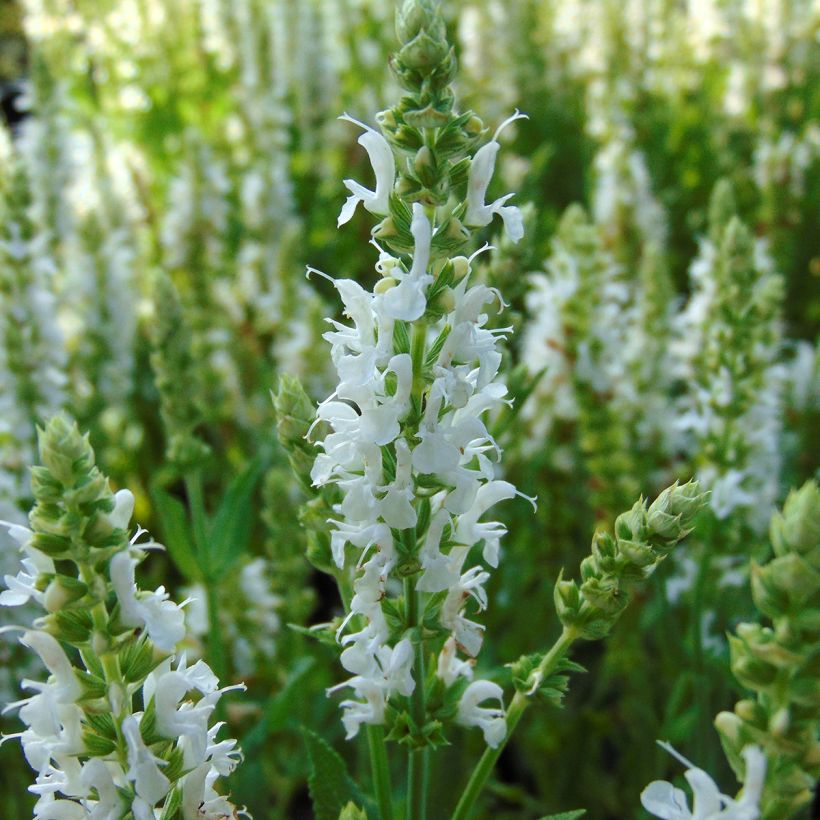

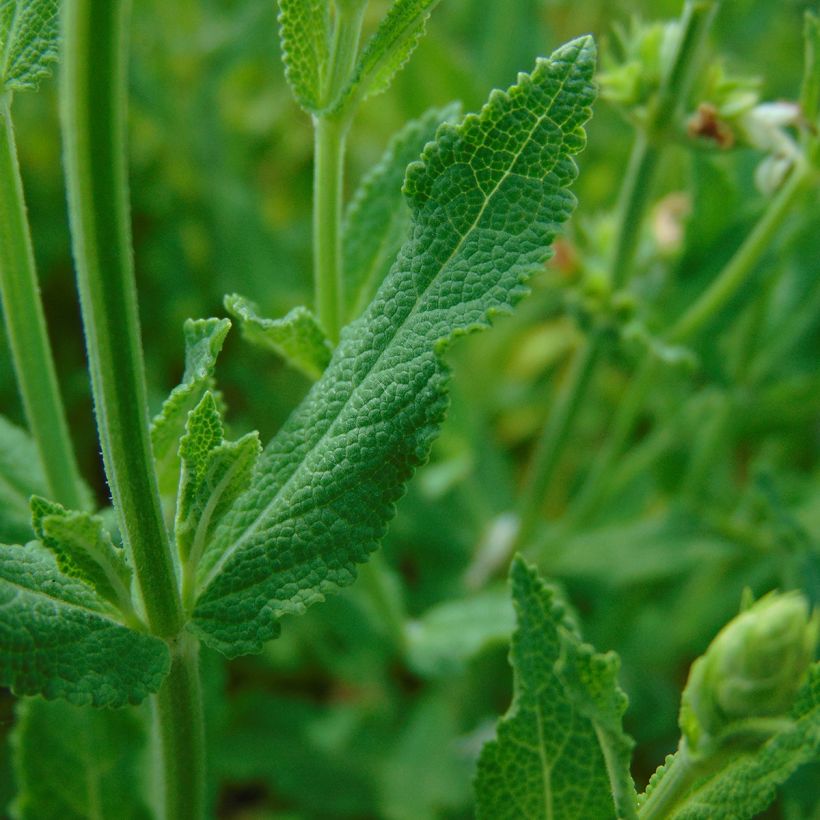

Flowering
Foliage
Plant habit
Botanical data
Salvia
nemorosa
Schneehügel
Lamiaceae
Woodland Sage, Balkan Clary
Cultivar or hybrid
Other Salvia - Sage
Planting and care
Plant Salvia nemorosa 'Schneehügel' in ordinary soil, even poor and rather chalky, but above all well-drained. This plant tolerates some drought, at the expense of flowering, however. It does not appreciate heavy and waterlogged soils in winter, which can harm its hardiness. Plant it in a sunny exposure. It is an easy plant, very floriferous. Give it fertiliser in spring. In April, prune all the branches in half. After flowering, cut the faded flower stems to stimulate and prolong flowering. Divide the plant after 3 years to maintain its vitality. Plant the new divisions in well-worked soil. To improve slightly poor soil, mix in some horticultural compost. In cold areas and in humid regions, use a mineral mulch (gravel, pumice, pebbles) about 4 to 6cm (2in) thick to drain the collar of the plant.
Planting period
Intended location
Care
-
, onOrder confirmed
Reply from on Promesse de fleurs
Summer flowering perennials
Haven't found what you were looking for?
Hardiness is the lowest winter temperature a plant can endure without suffering serious damage or even dying. However, hardiness is affected by location (a sheltered area, such as a patio), protection (winter cover) and soil type (hardiness is improved by well-drained soil).

Photo Sharing Terms & Conditions
In order to encourage gardeners to interact and share their experiences, Promesse de fleurs offers various media enabling content to be uploaded onto its Site - in particular via the ‘Photo sharing’ module.
The User agrees to refrain from:
- Posting any content that is illegal, prejudicial, insulting, racist, inciteful to hatred, revisionist, contrary to public decency, that infringes on privacy or on the privacy rights of third parties, in particular the publicity rights of persons and goods, intellectual property rights, or the right to privacy.
- Submitting content on behalf of a third party;
- Impersonate the identity of a third party and/or publish any personal information about a third party;
In general, the User undertakes to refrain from any unethical behaviour.
All Content (in particular text, comments, files, images, photos, videos, creative works, etc.), which may be subject to property or intellectual property rights, image or other private rights, shall remain the property of the User, subject to the limited rights granted by the terms of the licence granted by Promesse de fleurs as stated below. Users are at liberty to publish or not to publish such Content on the Site, notably via the ‘Photo Sharing’ facility, and accept that this Content shall be made public and freely accessible, notably on the Internet.
Users further acknowledge, undertake to have ,and guarantee that they hold all necessary rights and permissions to publish such material on the Site, in particular with regard to the legislation in force pertaining to any privacy, property, intellectual property, image, or contractual rights, or rights of any other nature. By publishing such Content on the Site, Users acknowledge accepting full liability as publishers of the Content within the meaning of the law, and grant Promesse de fleurs, free of charge, an inclusive, worldwide licence for the said Content for the entire duration of its publication, including all reproduction, representation, up/downloading, displaying, performing, transmission, and storage rights.
Users also grant permission for their name to be linked to the Content and accept that this link may not always be made available.
By engaging in posting material, Users consent to their Content becoming automatically accessible on the Internet, in particular on other sites and/or blogs and/or web pages of the Promesse de fleurs site, including in particular social pages and the Promesse de fleurs catalogue.
Users may secure the removal of entrusted content free of charge by issuing a simple request via our contact form.

































